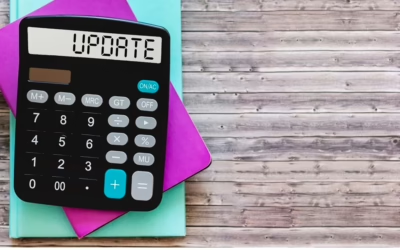It was a pleasure to catch up with Noel Whittaker last week and hear his take on the trade-offs many retirees face. But first, we touched on the current market volatility and what it means for those about to leave full-time work. His sense is that most older...
Kaye Fallick

Updating Centrelink: When assets go down
As evidenced in the strategy suggested by Andrew Dunkerley for June and Marcus, a downturn in assets is not 100% negative for those receiving Age Pension entitlements. Andrew projected the result of the decline in the couple’s assets would lead to a boost of more than $3,000 in Age Pension benefits per annum. How so? Because anyone receiving the Age Pension will be assessed using a means test and their assets are deemed to earn income. By keeping Centrelink updated if your assets fall lower, it is likely you will be rewarded with a higher fortnightly payment.
Need to know
Higher income is appealing, but there are a couple of caveats here.
Some members will need to report changes to super which is in accumulation mode, others will have their money in an Account-Based Pension (ABP), others in private investments (local and global shares) and still others in a Self-Managed Super Fund (SMSF). Reporting requirements can vary depending upon where your assets are held.
As noted by Steven Sadler, Head of the Customer Service Team, the documents required may vary, so it might be easier to contact our entitlements team for an explanation. If you have an ABP it’s relatively simple – you will need to request an updated schedule. But if your fund is in accumulation it is much trickier because Centrelink needs to see the units of the accumulation account, not just the total balance.
And don’t forget, the obligation to inform Centrelink of meaningful (above $2000) asset changes goes both ways. Should your assets rise again you will need to advise Centrelink. If you don’t, then when Centrelink becomes aware of the higher balance, you risk having a debt raised against you for previous overpayments.
Further information
We have previously covered the details of what you need to do to keep Centrelink up to date. Here are two recent articles which explain the ‘what’ you need to do and the second, detailing the ‘how’ you go about doing this.
Top ten retirement destinations: Which postcode works for you?
Are you dreaming of a sea change or a tree change? You’re not alone. Many Australians love the idea of moving to the coast or a country block. But whether or not you can make it work is the real question. Would moving from your current neighbourhood really improve life in retirement? And does it make financial sense? In today’s real-life scenario, we learn how Keith and Cathy made the change. We’re also sharing the top ten retirement destinations according to a recent AMP/Citro report. And we pose the three most important questions you will need to address if you think a major relocation might ensure the retirement ‘good life’.
Meet Keith and Cathy
Keith and Cathy used to holiday from time to time in Palm Cove, where their daughter had an Airbnb. They had a dream of retiring there from suburban Melbourne at some stage. Then the Covid pandemic landed, they were locked up during a cold winter and as Keith put it, the ‘dream’ became a ‘want’.
They decided to make the move when a suitable block became available, one street from the beach, with cafes, shops, and a pub also nearby. Although they did manage to inspect the block (between lockdowns), they needed to select builders, fittings and finishes online.
‘We had to make decisions on the hop,’ says Keith. “We also needed to fund the build and with most of our money in super and our Melbourne home, this was tricky.’
Luckily they sold their Melbourne home through a single enquiry, so much of the burden of inspections, marketing and auction costs were alleviated.
Has the move worked?
‘We now enjoy a daily walk beside the beach in a beautiful climate rather than on a footpath in Melbourne in the cold’ says Keith with a laugh.
On a serious note, the move has been a very positive one for both of them. They built a home that accommodates adult children and their grandkids so they see family regularly, citing Jetstar $89 airfares as a great incentive. They both love living in a town with no winter. Their neighbours are also retirees who take time to make friends and socialise, so life is good.
If there is a downside, Keith talks about a few people who moved to Palm Cove from Sydney, Adelaide or Melbourne and then returned as the summers are ‘brutal’ with humidity day in, day out. It’s fine for those with a pool and air conditioning, but tough otherwise Keith notes.



